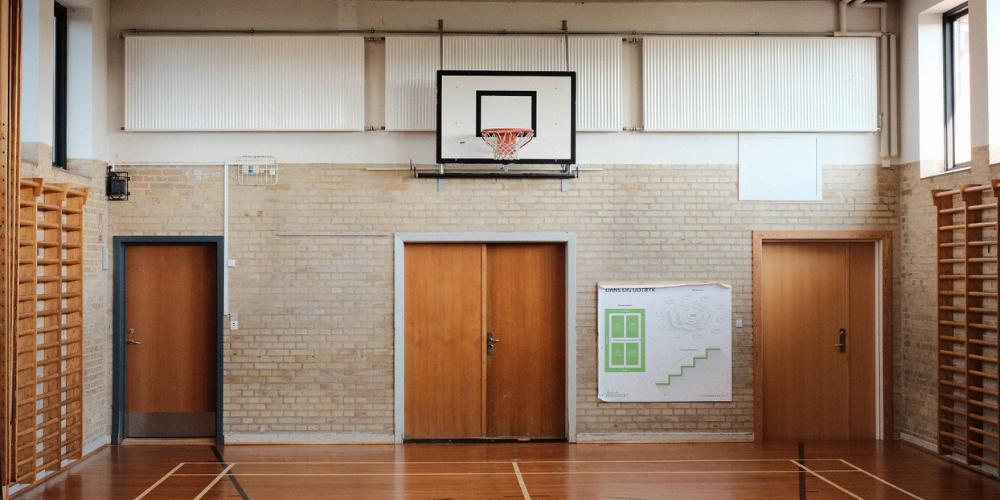- Mon - Thu: 8.00 - 16.00
- Fri: 8.00 - 15.00
- contact@hallmonitor.eu
- +45 93 95 93 88

Municipalities across Denmark and the rest of Europe face the same challenge: Sports facilities appear to be in high demand, yet courts and halls often stand empty during periods when they are supposedly booked. This raises questions about how resources are actually being used – and how we might make better use of them.
In a recent webinar with input from participants, it became clear once again: Many municipalities rely on booking data and schedules. However, this information only shows what was planned – not what actually happens.
This creates a gap between planning and reality: Booked slots are not always used. Often, bookings are not cancelled – for example, because it has already been paid for, or because there is no clear routine for cancellations – and there is little transparency about who else could use that time.
When a hall or court stands empty despite being booked, it is not just a “technical issue” in the system. It is a missed opportunity. Imagine the added value if that time could be offered to a youth club, a sports association with long waiting lists, or a school class in need of space.
There is often a significant financial element tied to booked time, as municipalities provide subsidies to associations to support local activity and community well-being. When a slot goes unused, this results in both wasted resources and a missed opportunity for other citizens. Without a clear incentive to cancel unused time, municipalities risk both financial loss and reduced value for the local community.
From our work with several municipalities, we know that even small adjustments – based on facts and real data – can free up hours, improve dialogue with users, and strengthen the basis for future decisions.
HallMonitor provides sensor technology that delivers accurate, real-time insights into how facilities are actually used – both indoors and outdoors. This data allows municipalities to pinpoint unused capacity, understand activity patterns, and make well-informed decisions.
It is not about monitoring people, but about creating transparency. Every unused hour is an hour without movement, health, and social connection. In times where both cost efficiency and community well-being are in focus, making the most of existing resources is crucial.
Sometimes, the solution is not to build new facilities, but to unlock the potential of the ones we already have. By using existing spaces more effectively, municipalities can create room for more activity, more users, and a stronger community impact.
Would you like to learn more about how other municipalities are using data to optimise facility usage? Explore our cases or contact us for a non obligating conversation.
Understand how HallMonitor detects activity and optimises facilities – fully anonymously and in real time.
See how HallMonitor can support you and your facilities – from sports halls to parks.
Explore insights from municipalities and facilities already using HallMonitor in their daily operations.